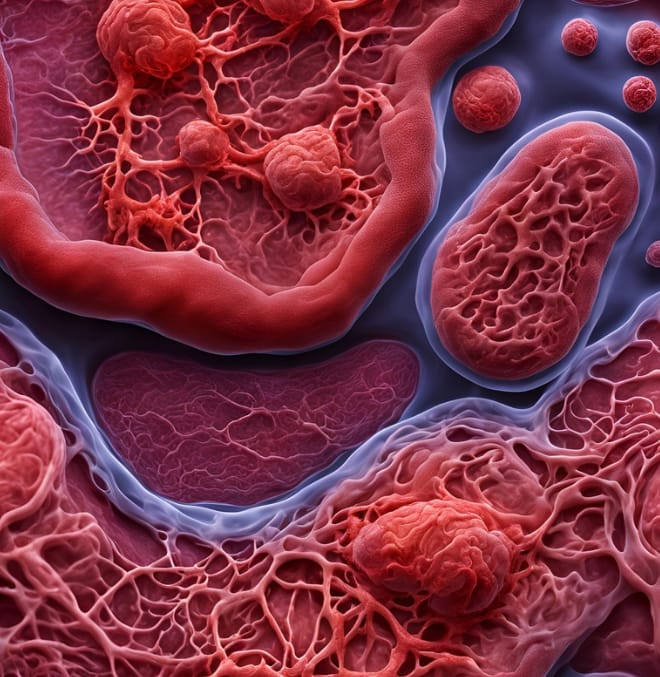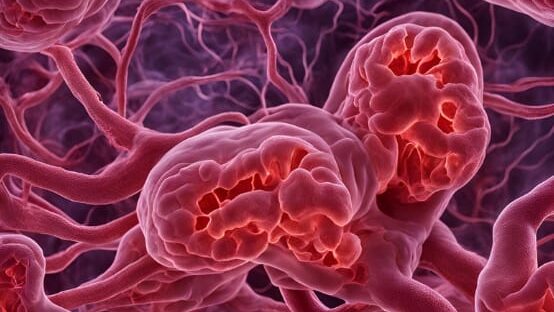Functions of Placenta
Functions of placenta
The primary function attributed to the placenta is the interchange of material present in the bloodstreams of the mother and embryo. The main functions performed by the placenta are described below.

1. Nutrition:- The nutritive material such as carbohydrates, proteins, fats and inorganic salts along with H and O is passed through the placenta from the mother’s blood to the foetus.
2. Respiration:- The placenta also acts as an organ of respiration because the oxygen supplied by the mother diffuses into the foetal blood while carbon dioxide is released in a reverse direction This is done in the placenta in a way similar to the lung.
3. Excretion:- The fluid waste products resulting from the metabolic activities of the embryo are passed out through the placenta acting like a kidney.
4. Barrier:- As the placenta is impermeable to some particular matter, the bacteria and larger molecules are not allowed to enter the foetal bloodstream. Some substances are allowed to pass while others are not, so this barrier is known as a selective barrier.
5. Synthesis:- Some substances such as hormones (estrogen, progesterone, gonadotrophin) and some enzymes are manufactured and embedded in the placenta.
6. Immunity:- The placenta is a barrier for several substances and bacteria however, it allows certain antibodies developed in the blood of the mother against diseases like measles, smallpox diphtheria, scarlet fever etc. to pass from maternal blood to the blood of foetus, thereby favouring passive immunity to develop in the foetus.
7. Transport of pathogens:- The placenta does not allow pathogens to pass through however, it fails to prevent the entry of pathogenic viruses causing smallpox, measles, chickenpox, syphilis etc. If a mother gets an infection during pregnancy the foetus may develop congenital deformities.




